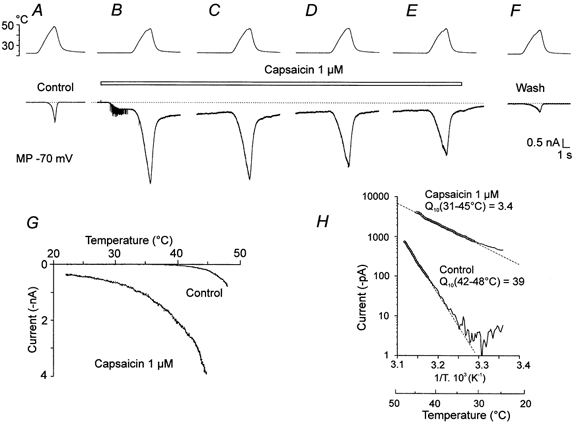Figure 1. Interaction of capsaicin and noxious heat in a DRG neurone where capsaicin produces a large current.

A, control, top trace is the temperature of the superfusing ECS (ramp to 48 °C). Lower trace is a whole-cell recording of the membrane current, Iheat, with the membrane potential clamped at −70 mV in this and subsequent records. B, capsaicin (1 μm, indicated by bar) applied at room temperature elicited a membrane current of −0.36 nA. The heat ramp to 45 °C, applied in the steady state phase 4 s later, increased this current to −4 nA. The spike activity induced by capsaicin application is likely to be due to depolarization of a thin unclamped axon of the neurone. C–E, Iheat recorded at 20 s intervals in the presence of capsaicin. F, recorded 30 s after capsaicin was washed out. G and H show the current-temperature relationship and the Arrhenius plot with Q10 calculated for the control in A (Q10 = 39) and for the first trial B (Q10 = 3.4) in which capsaicin was applied. An increase of thermally induced current by one order of magnitude in the presence of 1 μm capsaicin is seen. The dotted lines indicate the zero current in all figures.
